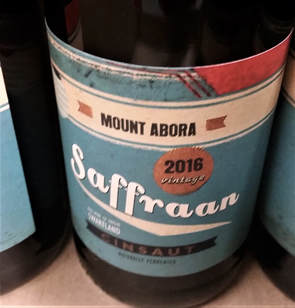
I was told this wine shared qualities with high end Beaujolais by two people whose descriptions are invariably correct. I nonetheless doubted until I tasted. When they said "high end Beaujolais" I thought they meant really good Beaujolais Village but when I tasted this I was thinking more Cru Beaujolais.
I remember a Chiroubles I had that was really close to this. It has some earth to it but also noticeable bright red fruit--rasberry, cranberry and a lot of zip. In the midst of the earth there is pepper.
Of course this isn't Gamay; it is Cinsault.
Cinsault is a widely grown grape. If you've had a rose from the south of France you've likely had Cinsault. It is also a component in many Rhone blends and shows up in some Chateauneuf du Pape. More and more it is being used by New World winemakers as a varietal wine. It grows well in warm weather and ripens early. Some sources say it is declining in production and it MAY be. But it is still grown quite a bit. In South Africa it is, along with Pinot Noir, one of the parents of Pinotage (the grape was sometimes called Hermitage in South Africa.
South African wines have a reputation for earthiness. This is not a bad thing (in many contexts it is a good thing). Yet even in saying this wine is earthy it is NOT really dirty or funky in the broad scheme of things, There is a whiff of barnyard and this it blows off a bit with air. This is a wine that maybe should be served with a wee bit of a chill--not as cold as white but colder than room temperature. I don't always give a price range? But this wine comes in between $14 and $17. It is an absolute steal at the price.
In the past month I have had four different South African Cinault wines and all of them had wildly different profiles (although one was a blanc de noir). It has always struck me as a versatile grape that skilled winemakers can get a great
deal from. France's La Cinso leaps to mind.
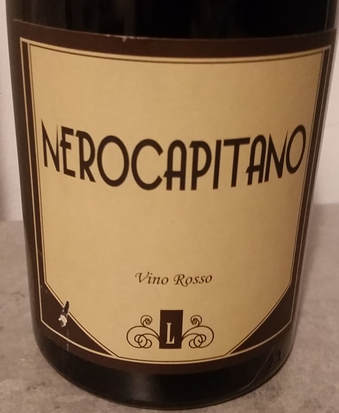



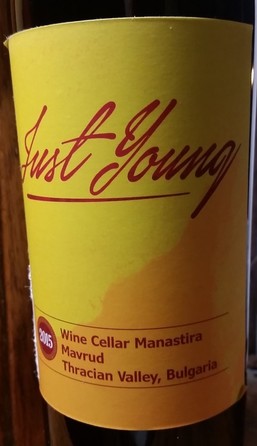

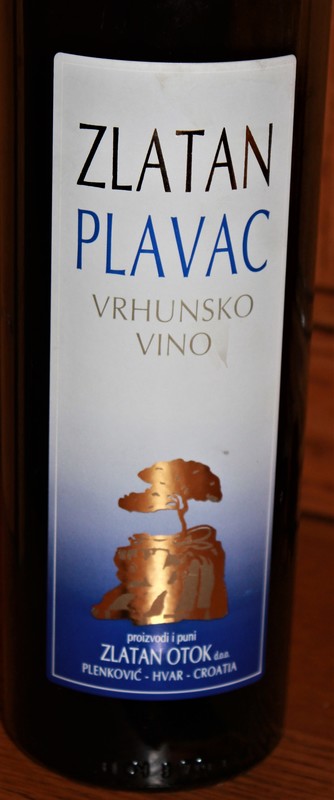
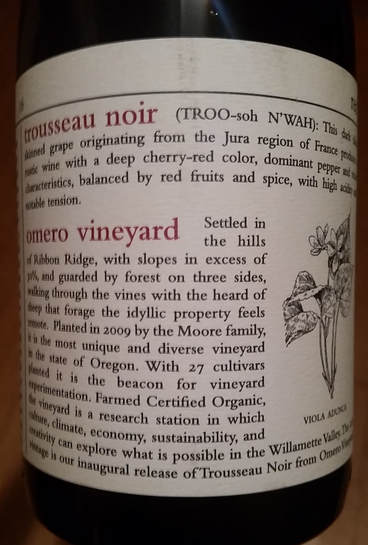
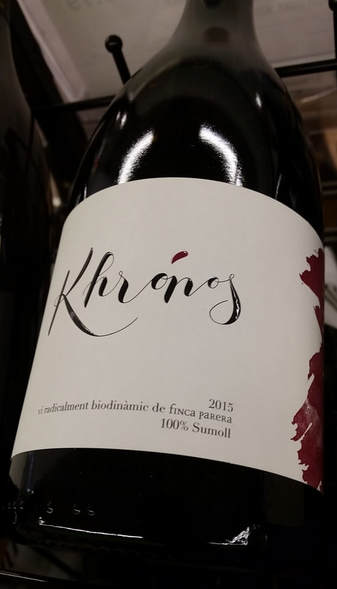
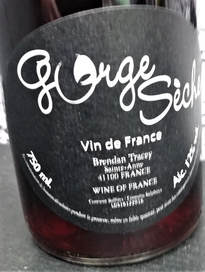
 RSS Feed
RSS Feed